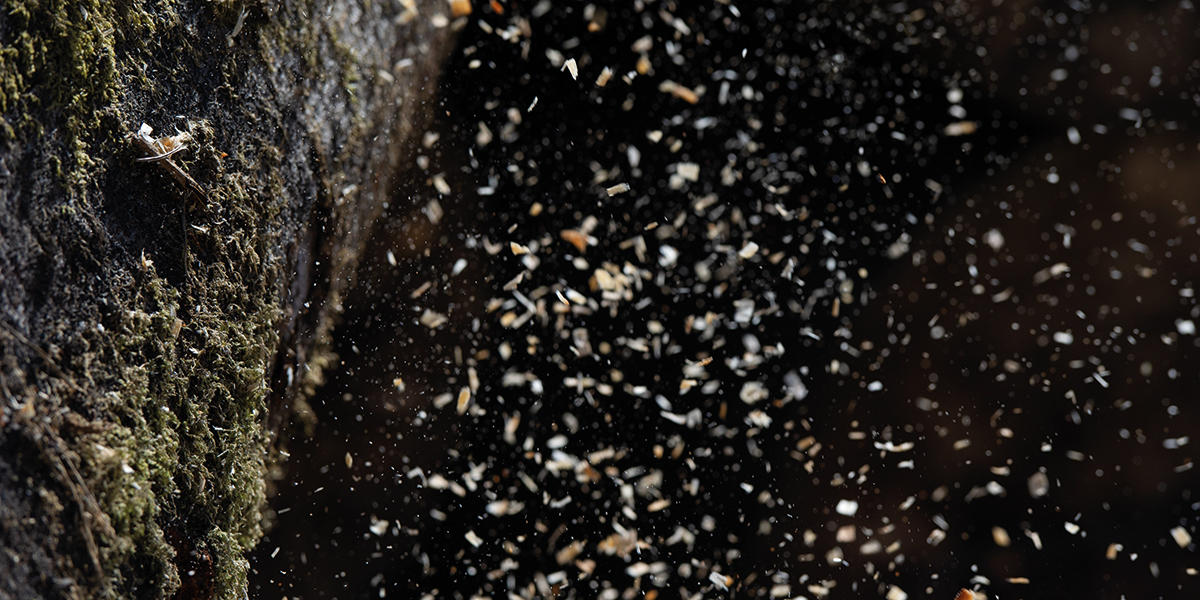Wild Amateurs
On Writing and Woodwork
When novelist, Wyl Menmuir, attempts to craft a desk, he judges the result beautifully flawed but entirely pleasing. Working in wood, making things that occupy space in the world, becomes a counterpoint to the formlessness of fiction.
When I finish writing my first novel, I am out of words – I have emptied what feels like my entire store of them into the strange story that has dominated my life for three years, and I’m in need of something else to nourish me until I’m ready to start the next. I wrote much of my first novel with my notebook balanced on my knees, while I was in my campervan or on the train, or sitting on the sofa after the children had gone to bed. If I am going to write another, I figure, I will definitely need a desk.
I scout around and, aside from one made by a local carpenter and artist that is a good thousand pounds more than I can afford, I see little that fits the idea of the desk I have in my head. I want something solid and simple, and as I think I sketch three planks strapped together on two trestles. I imagine what it will look like finished, with an Anglepoise lamp in one corner, a cup of coffee and a ream of paper on which I have written the first draft of my second novel – and I decide to make it myself. After all, how hard can it be?
I track down a cabinetmaker who is getting rid of the contents of his workshop and he sells me two planks of English elm that are gathering dust. He asks what I want the wood for and I explain my plan, adding that I think it will take me about half a day to saw it into shape and sand it down, and that by evening it should be finished. He looks doubtful and asks how I plan to cut the wood to length. How will I brace the planks? How do I plan on preventing the wood from bowing? When I explain that I am going to use a handsaw and that I am sure I’ll work the rest out, he sighs and puts the kettle on, and we spend the rest of the afternoon cutting the wood to size in the workshop. He patiently shows me how to match the grain and draws an arcane shape onto the underside of the planks. At first I assume this is something superstitious, but he explains that it makes the loose planks into a jigsaw that I can reassemble later, a cabinetmaker’s clever trick. He is sure, he says, that I know I need to use a wood stronger than that of the main desk to brace it, and before I leave he slips two short lengths of oak and a pair of saw horses into my van, clearly despairing of my plan to do the rest of the work on the kitchen table.
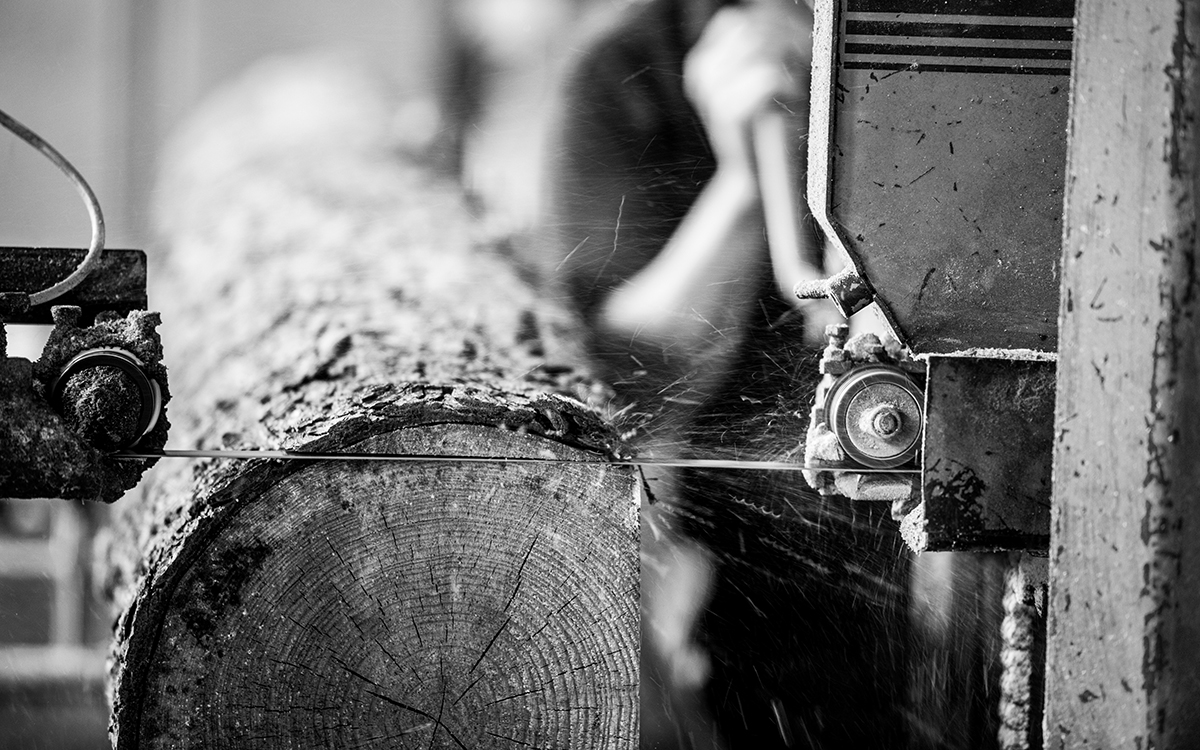
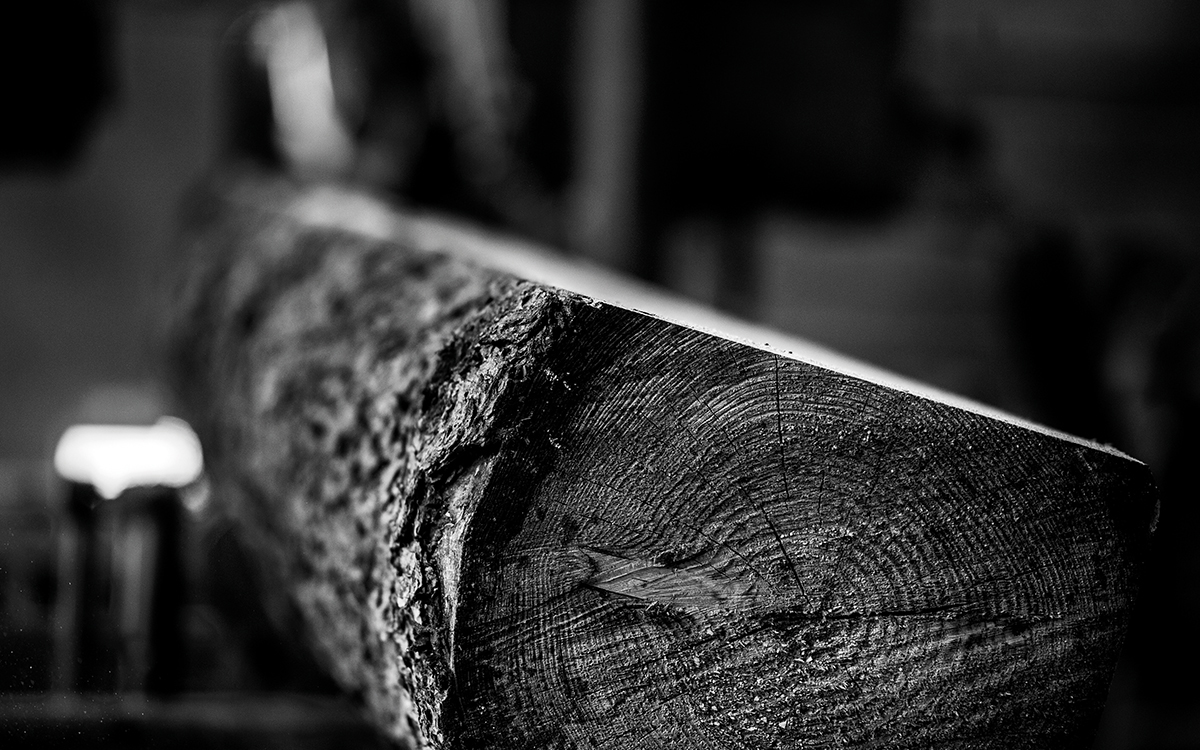
With the first obstacles dealt with, I think it will then be a simple case of screwing the whole thing together, a bit of sanding and a lot of standing back to admire my handiwork. It actually takes me about five weeks. I realise quickly that I still have no idea how I am going to smooth the planks into a flat surface on which to write. And then there are the thousand things I don’t know that I need to know: how to screw into the wood without splitting it (it involves candle wax); how to actually brace the planks (I had nodded as if I’d understood entirely as the cabinetmaker had explained it to me – he’d probably have put his head in his hands if he’d known that I would strap the planks together with gaffer tape to hold them in place while I worked on them); and how to finish the edges with chamfering (which is a word I don’t even know yet). Then there’s the coming to terms with the fact of the timber. Come across a knot and you’ll have to find a way of incorporating it into the design. Cut against the grain and you’ll hack out lumps of wood.
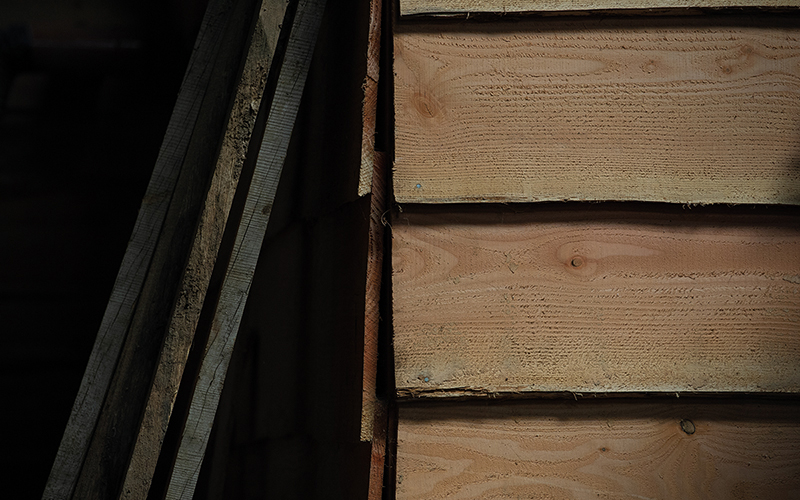
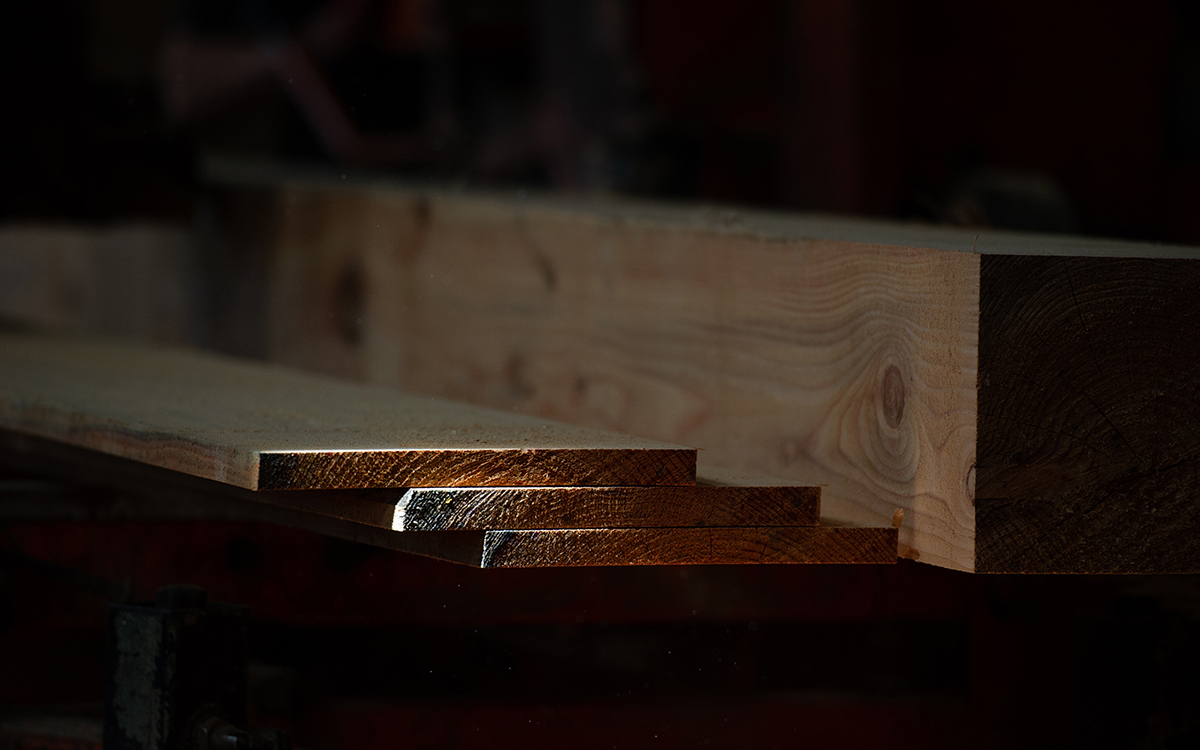
As I make progress on the desk, I discover the elm has had, at some point, an infestation of woodworm, and one end of the plank is so riddled that part of it collapses in on itself. I persevere, sanding out the resulting bowl in the wood and naming it ‘the ashtray’, determined that it will be a feature. Sanding is a meditation. I stand over the planks for hours going down through grades of sandpaper before I realise how little progress I am making and discover the joys of the orbital sander. At some point, the grain starts to blur in the most wonderful way. I’ve since discovered that most carpenters try to avoid this happening, but I encourage it. I let it take its own shape and marvel at the patterns that emerge. Later, I bring out the grain with beeswax, which fills in some of the holes I’ve opened up, and polish for hours. I seek help from both my father-in-law and another friendly carpenter. I watch countless how-to videos and consult a retired boat builder, who looks at my work in progress, manages not to laugh at my ineptitude and gives me a whole list of next steps and advice. My various mentors assist me patiently as I set out on what I now think of as an ongoing, and incredibly slow-burning, apprenticeship.
I have no particular hope that I will ever get beyond this apprenticeship. I am doing it mostly for the joy of it and, anyway, the stakes of this project are so much lower than those of my novel. My desk and all the woodwork projects I’ve undertaken since have been purely for my own amusement. They do not exist to please anyone else and I don’t intend to sell the things I make, nor would I expect anyone to want to buy them. To me, though, they are beautifully flawed and entirely pleasing in and of themselves. And I figured that if I screwed up the desk I could buy a sheet of plywood and it would fulfil the same purpose. The lightness with which I approached the project meant the pressure was off, and it made working on the desk more pleasure than chore.
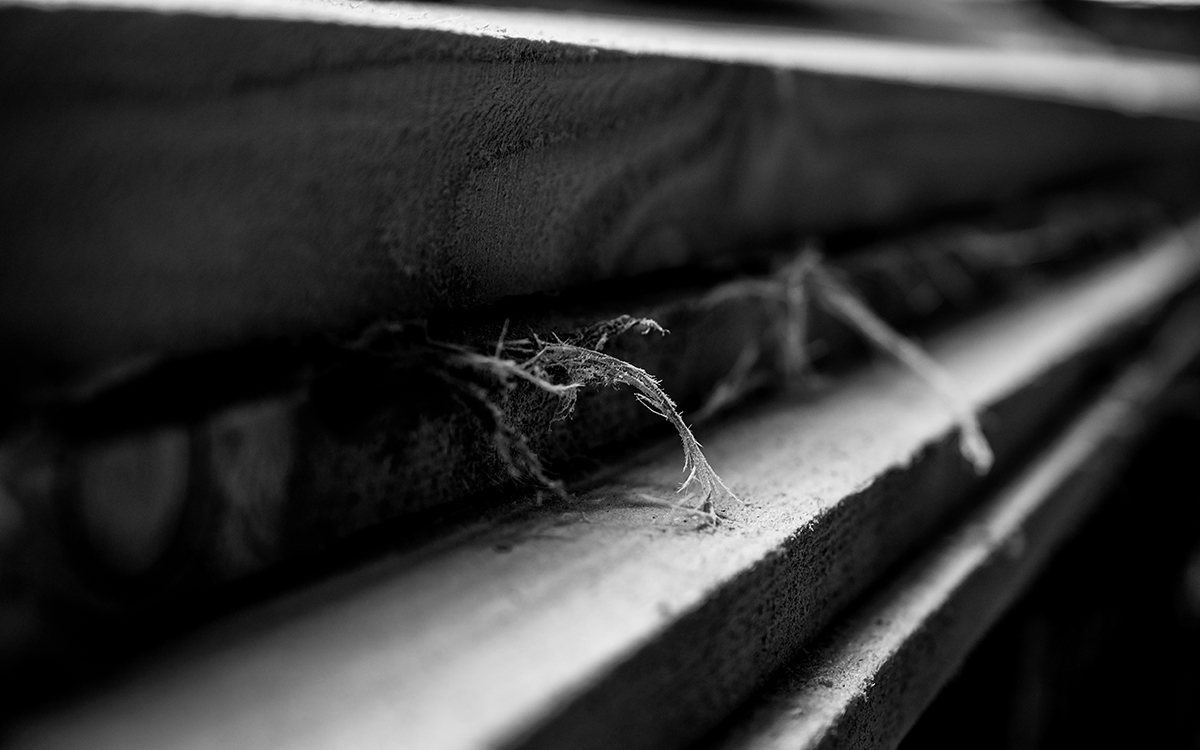
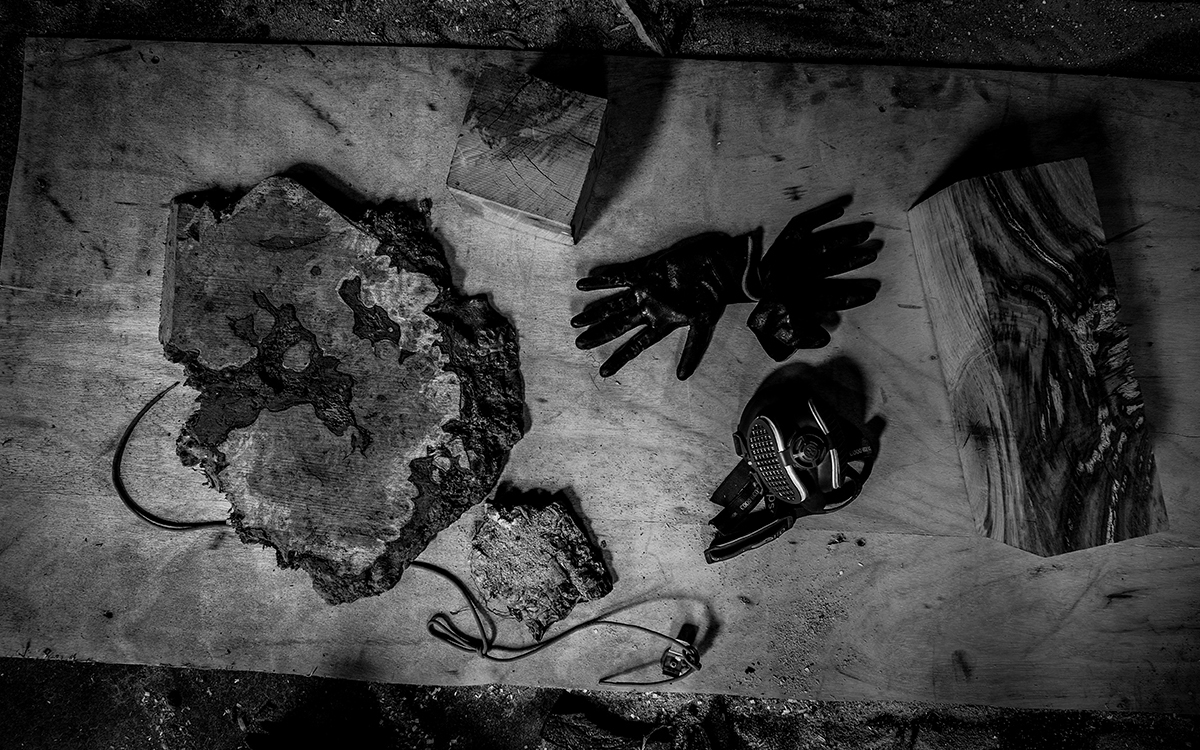
My desk takes shape in a way that a novel doesn’t. After every session, I’m able to see the changes I’m imposing. Every cut I make, every hour of sanding, brings a new dimension to my handiwork. Writing a novel is a process of thousands of tiny incremental amendments, and over the course of a few hours of writing or editing I might not see much change. Some days a good session involves me having moved forty words around the page, and even then it’s often unclear to me whether I’ve made it better or worse. The pleasure of working with wood is to see it take shape before your eyes as you work it, whether that shape is a fish emerging from a small lump of wood or a plank becoming a desk.
Poet Holly Corfield Carr, a self-confessed ‘wild amateur’ woodworker, once reimagined a life in which she would spend half her time devoted to poetry and the rest to carpentry. ‘The limit and the shape of what I make are determined by the material in the same way that my poems are determined – in terms of their size, shape and form – by those spaces in which I find them,’ she tells me when we meet to discuss a shared love of woodwork and words.
The objects that Holly makes are entirely determined by the wood she finds in her home city of Bristol, where the streets are generous with abandoned furniture.
‘I’m currently making a chest of drawers out of a bed frame, to practise my dovetailing,’ she says. ‘I found the bed on the street and I don’t need another bed, but I do need a chest of drawers. I’ve not quite made the chest yet, but I’ve made the “of drawers”. The limit and the shape of what I make are determined by the material in the same way that my poems are determined – in terms of their size, shape and form – by those spaces in which I find them. The other thing I really enjoy is collecting tools. My poetry tools are things I can’t necessarily see. I can’t put them in a small display, which is perhaps why the paraphernalia of carpentry interests me.’
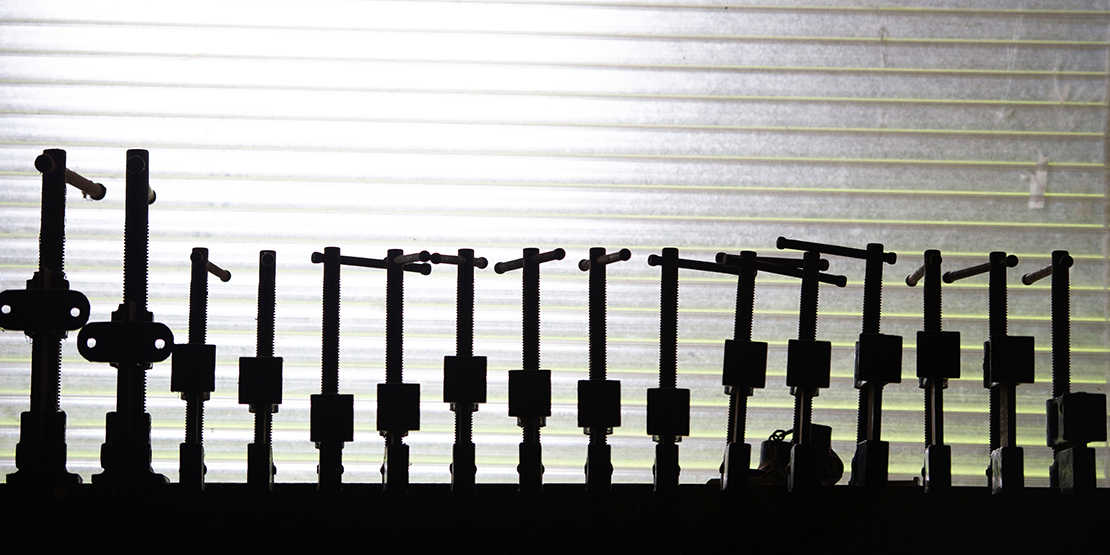
Holly later shows me a selection of bevel edge chisels, which she refers to by the names of the carpenters who previously owned them, names that are stamped on their handles: Pritchard, Shifnal and Rolfe.
‘I enjoy handling these tools and thinking, “What am I going to make with these?”’ she says. ‘The answer is there in the wood. It’s the literalism of them that interests me.’
Perhaps it is this literalism that draws writers towards more physical crafts, from the heft of the tools to the undeniable solidity of the evidence of work – the desk or the chair, the garden or the painted canvas. Working with one’s hands can serve as a balance to dealing with concepts and elusive ideas, the physical as counterbalance to the uncertain mental stumble through the metaphorical woods that so often represents the writing process.
There is something in Holly’s acceptance of the materials as the starting point that strikes home. The materials themselves afford or constrain different forms of expression, while suggesting and influencing form. The material resistance you encounter when you work with wood or plants, wool or lino, is more definite and at the same time somehow easier to contend with than the resistance of words. When you make a cut, there’s no going back.
When I start on a new piece of fiction, everything is formless and in the writing process I inevitably become lost before I am able to find an outline for the story I want to tell. It can be slow and often tortuous. I wait for things to come into focus, suggestions of shape. With wood, I understand at the outset what I’m aiming for – whether it comes out that way is another matter, but I can see the progress with each pass of the blade over the wood. I balance an uncertain practice with making real things that occupy space in the world – a desk, a knife handle (there’s a wonderful circularity in crafting a knife for whittling with a whittling knife), a spoon, a coffee table, a leather knife sheath and several small wooden chess pieces that resemble hybrid animals of the sort that are mainly found in the margins of medieval manuscripts. I finish them in a matter of hours or weeks, as opposed to the years I might spend on a novel. I care for these things in a way I could never care for anything I bought in a shop, and in an entirely different way too. And, by way of contradiction, I’m also less precious about them. The mug rings and the palimpsest effect of writing on a waxed surface add to the story of the desk and I do nothing to stop the proliferation of either. My desk will always be wonky and my knife set at an angle that would make a professional cutler wince, but I have found that there is something of real value to be gained by engaging with the underlying philosophy of bringing something physical into being. Perhaps something is learned from one that is indirectly transferred to the other. Perhaps underlying both is a more general philosophy of creating, what might be termed a unity of internal procedure.
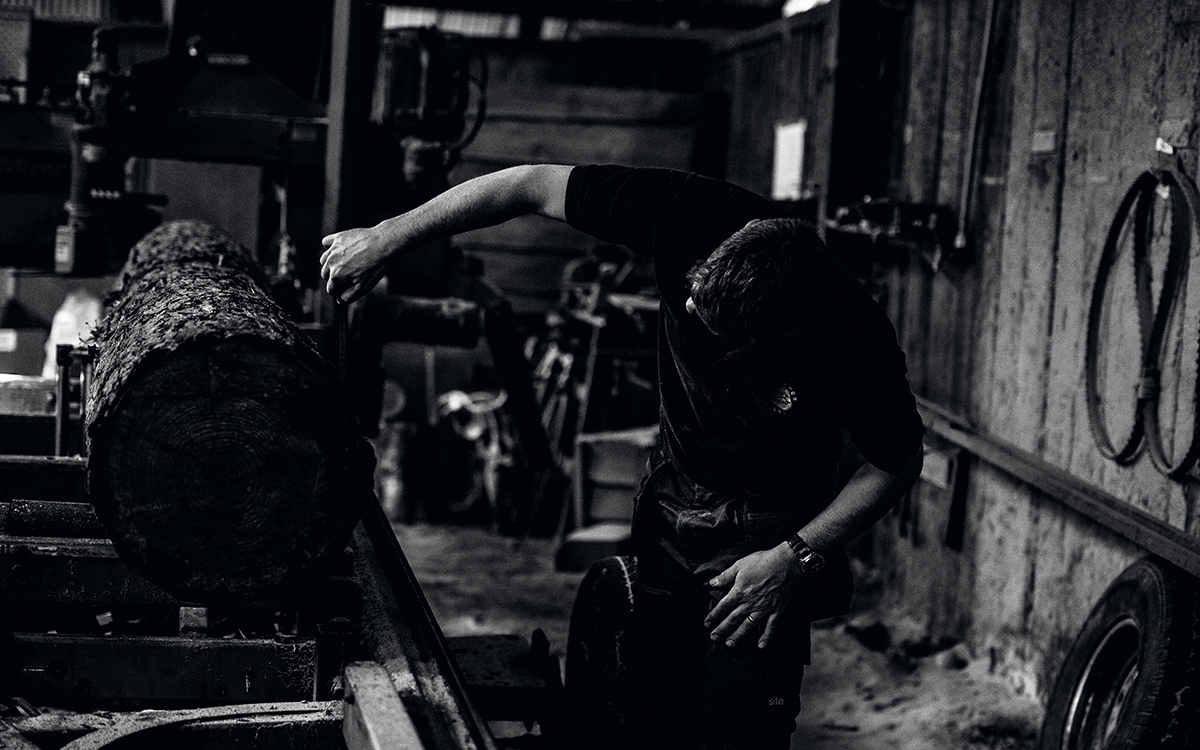
As I write these words, I run my hands over the undulations and imperfections of the desk I made and balance a biro, nib down, in one of the many exit holes the woodworms have left. It should be deflating to have put so much time into something and to have ended up with a desk that falls short of performing the one function for which it is designed – to be a flat surface on which to write. However, the building of the desk was the start of a practice that has become an antidote to a day spent with words, a way to use a different part of my mind, a very different sort of creativity.
I find working with wood reassuring in a way that working with words cannot be. However hard I try to make words mean what I want them to mean, they are at best a representation. That’s the challenge of words. The challenge of working with materials is something else – it is to discover the haecceity, the ‘thisness’, the qualities and characteristics that make this physical thing exactly the thing it is. But it is also the connection to the solid world of planes; to chisels on which are stamped the owner’s name; to saws, benches, routers and laser cutters; to wood, lino, leather and fabric. And, to be simplistic about it, it’s fun. Like any activity that takes you out of yourself, any activity that absorbs your concentration fully and with space for no other concerns, it feeds your creative work. There is a sense in which these physical activities provide balance for the mental work of writing – a sense in which they can, in a number of ways, nourish the creative process. You know that when you return to your desk (however uneven and woodwormy) the words will be there again, waiting to be written.
Wood moves with time. It shrinks and swells. What looks flat and straight to begin with warps and settles over weeks and months. Where small cracks open out, I learn how to make a paste of glue and wood dust to fill them, and when I move the desk into the house it looks perfectly level. For all of two days. Then it starts to move more dramatically, twisting even the oak braces. Now I can post pound coins into the gaps between the planks. There’s an acceptance of this change, the realisation that you are only partly in control of the process and that you have to give yourself over to this mutability, accept that some processes are beyond your control. This feels somehow liberating, and I am, perhaps, more forgiving of my other mistakes as a result. Perhaps, I start to think, I should also try being more forgiving of my words.
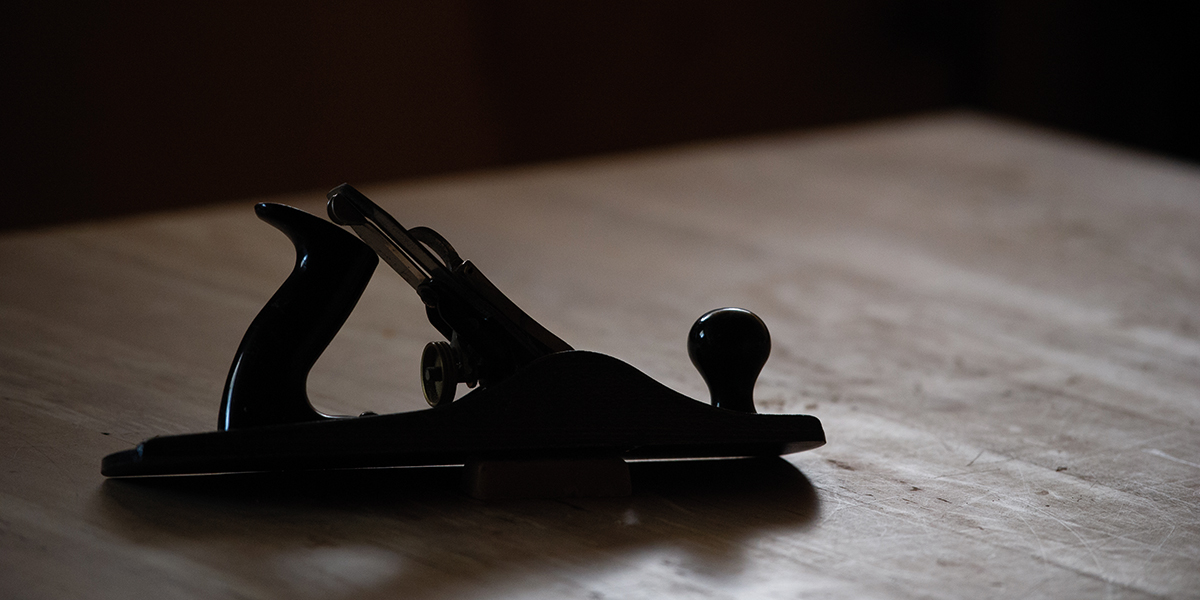
This feature was first published in Edition Four of Elementum Journal.
